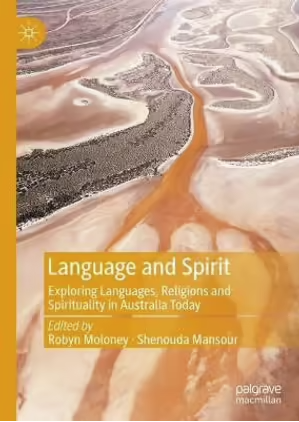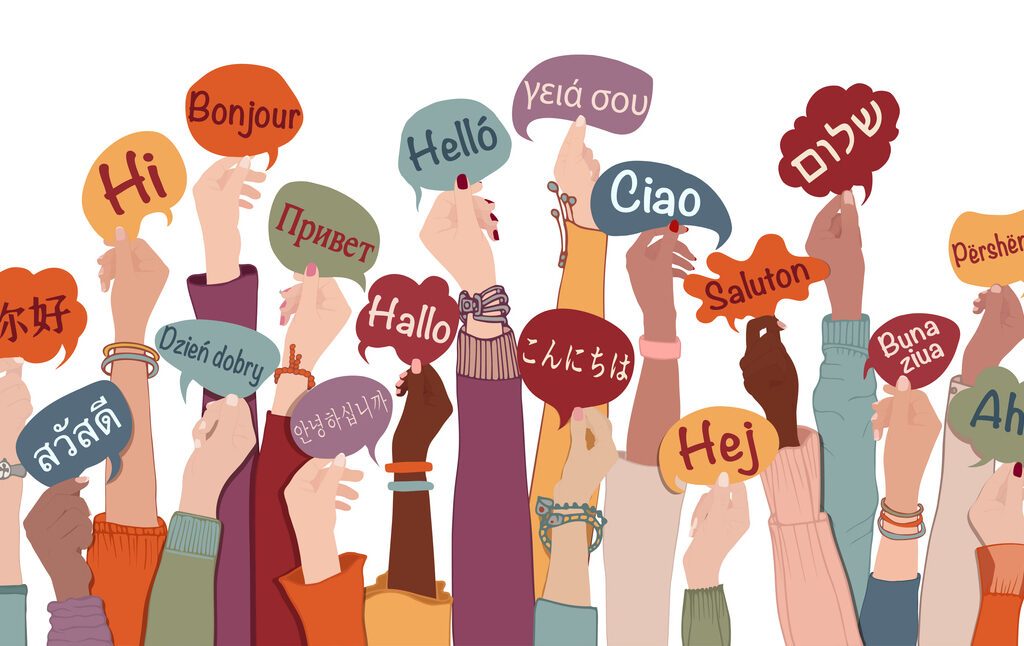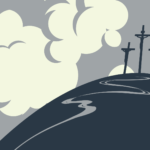“Language is about what connects us, not what sets us apart” Aunty Louise Campbell (Stolen Generation).
Language shapes what and how we think, and who we sing and worship with. Our first language shapes the naming of our family, home, rituals, and our experience of the world. For many, it is the “heart” language in which we are taught to pray and learn about God. Our UC website tells us that around 45 languages, 15 of which are languages of our First Peoples, are used each week in our Uniting Church congregations, making language an important pastoral issue, not only in these multilingual churches, but also in English-only congregations.
A new book shines light on the languages of faith in Australia. Language and Spirit explores the relationships between people’s languages and their spirituality and religion. The book combines 36 short personal narratives from different faiths and languages with ten research studies examining people’s experience of language and faith.

Aboriginal and Torres Strait Islander contributors speak about the connection between their language and the spirituality of Country, the knowledge and stories of the language, and a greater experience of well-being. Michael Jarrett writes that “teaching Gumbaynggirr and telling stories is one of the best ways to learn and retain the language and culture…when I’m doing it I am connecting to my land, I’m connecting to my spirits, connecting to the creators and my ancestors”.
In this year of understanding the significance of the Uluru Statement from the Heart and Voice to Parliament, the book’s Indigenous narratives offer valuable perspectives: “it’s the best form of Reconciliation, learning about one another’s languages” says Aunty Diane McNaboe, Wiradjuri teacher.
Contributors from diaspora communities write about the languages they use within Islam, Hinduism, Buddhism, Judaism, and in the diversity of Christian churches. For all, language and spirit are about identity, belonging and faith community. Vietnamese Catholic Dich Muc Dao writes that “only my native language can touch my heart in spiritual practice. No foreign language can do that…the Vietnamese language is my heart language”.
Many churches, mosques, synagogues, and temples play a leading role in providing venues and passion for Community Language Schools, which 100,000 children attend every weekend. Contributors to the book have written about their great desire for their children to learn the family culture, religious identity and knowledge. Swati Doshi, Hindi teacher, writes that her languages “give me my identity, keep me in touch with my culture and my ancestral roots, but are also the core of my religious and spiritual experience”. For Jaruslav Duma, “the Ukrainian Catholic Church and the Ukrainian community were effectively my second home. From the age of around four, I always prayed in Ukrainian as was taught by my mother”.
Contributor Susitina Suli writes that “the Tongan church community and language has a significant impact on how families work together, how people interact with each other and how communities engage…core values shape our identity…our language is sacred…to ensure that our identity and language will continue to flourish and will be shared with our emerging generations”.
For language communities that are fragile, the church is a vital location for speaking and hearing language. For Matagi Vilitama, “language is the canoe of the Nuiean culture….the opportunity to speak it is minimal, as children are surrounded by English in all aspects of life, except church…to lose a language is to lose part of myself.”
Some contributors speak about the strong link they feel between language, wellbeing and mental health, well established also in research with Canadian First Nations people. Researcher Ghil’ad Zuckermann writes about the revitalisation of Barngala language (South Australia) and a relationship between first language knowledge and rate of youth suicide. Language learning also nourishes cognitive growth. Nathan Schreiber, a teacher of Gunggay language , Queensland, sees that in his young students “language is giving them identity and inner strength. I think the better they learn language, the better they can learn other things too”.
Contributors also describe how their language’s script has sacred properties and is a conduit to faith and history. In Arabic, for Abraham Ibrahim, “every single ‘huruf’ (letter) has not only meaning in itself but can be seen as a light”. Hebrew letters also have numerical values, deep spiritual meaning and connections to Bible stories and concepts.
Intercultural learning always involves exchange of perspectives, and growth in self-knowledge. English, with its crazy spelling, has absorbed linguistic influence from the Vikings, the Romans, the Normans, and in Australia, absorbs over five hundred words from Indigenous languages. But it can be hard for first language English speakers to stand aside and recognise their language as just one amongst many, and that truths can be expressed differently and beautifully in all languages.
In congregations and in the community, English learners can be struggling daily with the demands of educational, medical and immigration systems, and may be unable to access spiritual support. Korean contributor Sook Hee McRoberts writes that in her early years in Sydney, “my friends at the local church … found it hard to recognise the difficulties I faced… My difficulty with the English language and culture was not a major consideration for them. Not understanding the sermon and its lessons left me at a loss and feeling like an outsider”.
Language and Spirit is available online, in paperback for $100 and on Kindle.
Dr Robyn Moloney is a member of Willoughby and Northbridge Uniting Church. She has been a teacher of French and Japanese in schools, and a teacher educator at Macquarie University. Her collaborator for this book was the Very Rev. Father Dr Shenouda Mansour, from the Coptic Orthodox Church.












